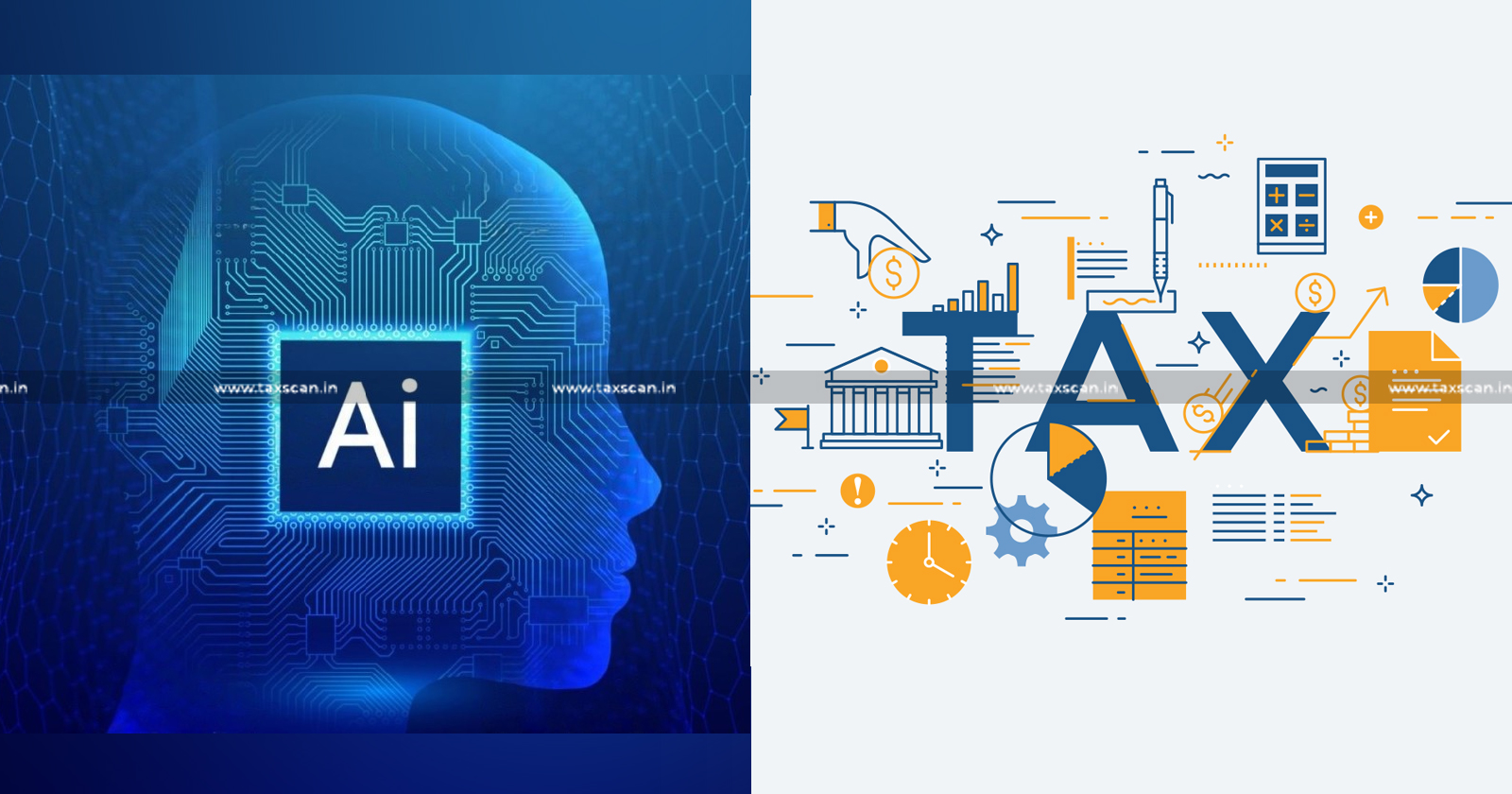AI in Tax Deviation: Opening New Horizons

AI in Tax -Deviation-Opening -Horizons-TAXSCAN
AI in Tax -Deviation-Opening -Horizons-TAXSCAN
As we all know, Artificial intelligence(AI) plays a vital role in the existence of the Modern World. The simulation of human intelligence processes by machines, especially computer systems(AI), impacts almost all spheres of society. Specific applications of AI include expert systems, natural language processing, speech recognition and machine vision.
The Income Tax department has taken the initiative to explore the usage of artificial intelligence (AI) in the administration field. With the help of AI, the department was on its way to building regression models to identify deviations and errors in tax filing and separate those deviations for further assessment.
“We are creating a regression model. We discussed with Prof V Kamakoti, Director of IIT Madras to see how AI can be used to analyse the data that we have gathered and get into a regression model to find deviations,” said Commissioner of Income Tax, Department of Revenue.
It is a hectic task for the Income Tax department to do the data analytics and to identify tax evasion. The introduction of AI helps to simplify the compliance burden on taxpayers and to identify tax evasions. The department has already taken various technological initiatives including pre-filled ITR forms to improve income tax return filing, faceless assessments and appeals to remove the physical interaction with the IT department. The Grievance redressal which is handled through the Centralised Public Grievance Redress and Monitoring System (CPGRAMS),e-Nivaran and Aaykar Seva Kendras (ASK) are other important initiatives which embrace the advancement of technology.
Revolution in Taxation Using Data Analytics
The Government of India utilised technology in taxation to make tax filing more effective and taxpayers-friendly. India uses data analytics, AI and Machine Learning (ML) in the taxation process through the Advanced Analytics in Indirect Taxes (ADVAIT) Program.
The Income Tax department uses data analytics to identify fiscal risks, suspicious trends and patterns, and risky entities in Customs and GST by leveraging big data. The government uses AI, machine learning, and data analytics to identify cases with a high risk of tax evasion and a high likelihood of income addition for further scrutiny. There are furthermore mechanisms for taxpayers to send reminders for advance tax payments and prompt specific taxpayers about apparent mismatches in Income Tax Returns (ITR) and transactions made so that taxpayers may revise their returns.
Advanced Analytics in Indirect Taxes (ADVAIT)
The government of India in 2021 introduced the ADVAIT project which uses the capabilities of big data and artificial intelligence to bring innovative changes to the taxation system. ADVAIT has been envisaged with a threefold objective of enhancing Indirect Tax revenue, increasing the taxpayer base, and supporting data-driven tax policy. ADVAIT aids and assists officers in their daily operations, ranging from reporting and ensuring tax compliance to detecting tax evasion. Companies can use these trends to predict future outcomes.
The Indian government is using big data techniques to store and effectively search information by income tax officers. Through this, they can visualize the taxpayer’s relationships and flag potential high-risk transactions. Using data analytics techniques for the segmentation of taxpayers to focus the campaign on high-risk cases from a tax evasion perspective.
AI for Tax Forecasting
Artificial intelligence(AI) can improve the method of tax forecasting from rudimentary modeling techniques to advanced predictive analytics. Through AI the department can analyse and identify trends within various tax filing cycles which can be used as the basis for predicting what is bound to happen next.
The digital transformation urges tax administrations to think about how their existing processes can be reformed to become truly digital. As tax administrations deliver more and more of their services online, digital security, digital verification and digital identity are becoming the cornerstone of tax administrations’ work. Tax administrations are leveraging their expertise and data sets to not only give taxpayers greater self-service access to tax administration services but also to third parties and wider government systems.
AI and data analytics can help identify taxpayers who are at a high risk of tax evasion, thereby allowing tax officials to scrutinize the cases further. By detecting tax evasion and improving compliance, AI and data analytics can help increase revenue for the Indian government. With the use of AI technology, the tax filing process becomes more efficient, effective, and business- and taxpayers-friendly.
Support our journalism by subscribing to Taxscan premium. Follow us on Telegram for quick updates


